Cleaning up Switzerland’s toxic legacy

The widespread dioxin pollution uncovered in Lausanne has surprised many and raised concerns about the health consequences, clean-up costs and extent of the problem. The small Alpine nation may be well known for its stunning natural beauty, but thousands of sites contaminated with various other pollutants still need remediation.
Last month the Lausanne authorities announced that much of the soil in the centre of the western Swiss city is contaminated with dioxin. The cause: an old waste incineration plant closed between 2005-2009. Attention now turns to the costly clean-up and health concerns.
The local authorities say there is no need to panic. Dioxin may be carcinogenic but only a daily absorption of large quantities is problematic. The city’s drinking water is not affected. Yet the Lausanne case has raised local and wider concerns.
According to the World Health Organization (WHO), dioxins are environmental pollutants that belong to a group of dangerous chemicals known as persistent organic pollutants (POPs). They are found throughout the world in the environment, where they can persist for decades and accumulate in the food chain. More than 90% of human exposure is through food, mainly meat and dairy products, fish and shellfish.
Dioxins are mainly unwanted by-products of manufacturing processes including smelting, chlorine bleaching of paper pulp and the manufacturing of some herbicides and pesticides. Uncontrolled waste incinerators (solid waste and hospital waste) are often the worst culprits owing to incomplete burning, says the WHO.
“We thought that this problem had been resolved by [fitting filters] to treat the smoke from the incinerators in the 1990s, as that managed to seriously reduce dioxin levels. But we forgot the historic pollution that was carried out over 30-40 years,” Nathalie ChèvreExternal link, a professor of ecotoxicology at the University of Lausanne, told SWI swissinfo.ch.
Experts agree it is likely that similar dioxin problems will arise in other Swiss regions with incineration plants.
Many of Switzerland’s 26 cantons have their own incineration facilities, some much older than others. Cantons Geneva, Fribourg and Valais have previously investigated around their plants for dioxin; a handful of other regions – Vaud, Neuchâtel, St. Gallen, Bern, Glarus, Graubünden and the city of Zurich – are reacting now. The numbers could grow. The Swiss government has shared a draft revision of the environmental protection lawExternal link that would make the investigation and clean-up of public sites compulsory in the future. And dioxin could get added to the list of serious pollutants that cantons need to constantly monitor.
“Switzerland had a very important industrial history from the 1950s onwards that resulted in important environmental pollution. I don’t think these kinds of surprises are over,” said Chèvre.
Toxic legacy
The Lausanne case has put the spotlight on the issue of legacy contamination. Switzerland has a reputation for cleanliness and natural beauty, but industrial pollution is nothing new in the small densely populated country.
Switzerland is home to almost 38,000 sites that the Federal Office for the Environment listsExternal link as polluted (see map below). Of these, about 4,000 require serious clean-up. More than 1,500 have already been remediated. The polluted sites are mostly old landfills (40%) and industrial areas (50%); the rest are army shooting ranges (10%) and accident sites (1%). They cover a total area of 225 square kilometres. Some of the major legacy sitesExternal link are linked to the Swiss chemical industry.
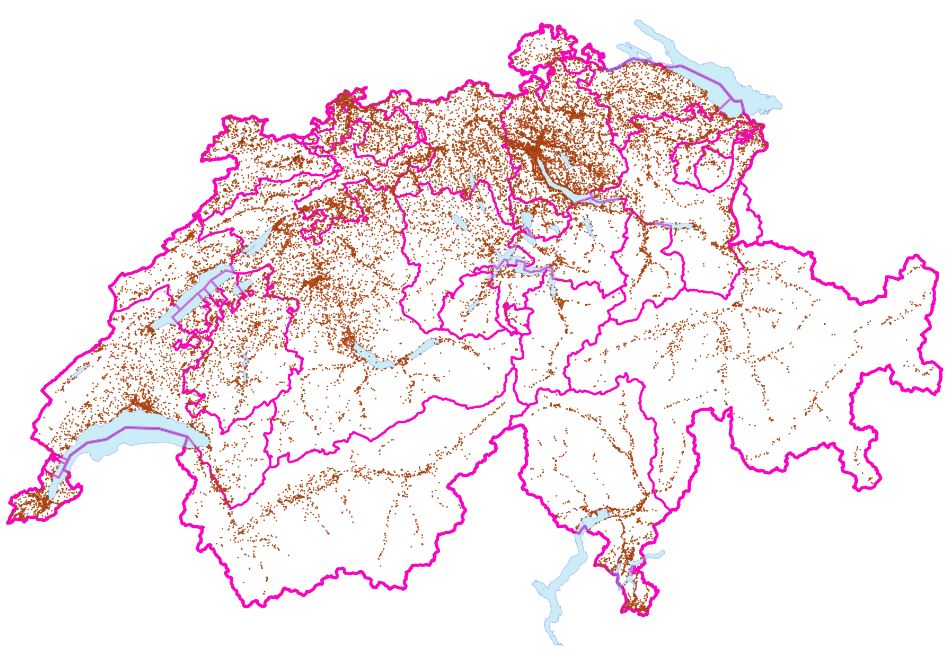
“Over the past 20 years, Switzerland has pragmatic, effective legislation in place that requires the clean-up of all contaminated sites when they represent a danger for people’s health or for the environment,” Christiane Wermeille, head of contaminated sites at the environment office, recently told Swiss public radio RTS. Clean-up priority is given to sites that directly threaten underground water sources.
The environment office says Switzerland is making “great progress” cleaning up polluted sitesExternal link and compares well with neighbouring countries.
Chèvre agrees on this last point. “We have a legislation that is much more restrictive than in neighbouring countries.” But the clean-up of contaminated sites is advancing “very, very slowly”, she added.
Martin Forter, director of the Doctors for the Environment non-governmental organisationExternal link, is more critical. He feels the federal authorities are “too pragmatic” and could be even stricter. He says most contaminated sites don’t require serious work, but a dozen pose big problems.
“There are landfill sites that need to be urgently cleaned up like Gamsenried in canton Valais, Pila in canton Fribourg or Feldreben at Muttenz in canton Basel,” he said. “There is also the Teuftal chemical waste plant in canton Bern that belongs to the Basel industry that needs to be cleaned up in the long term.”
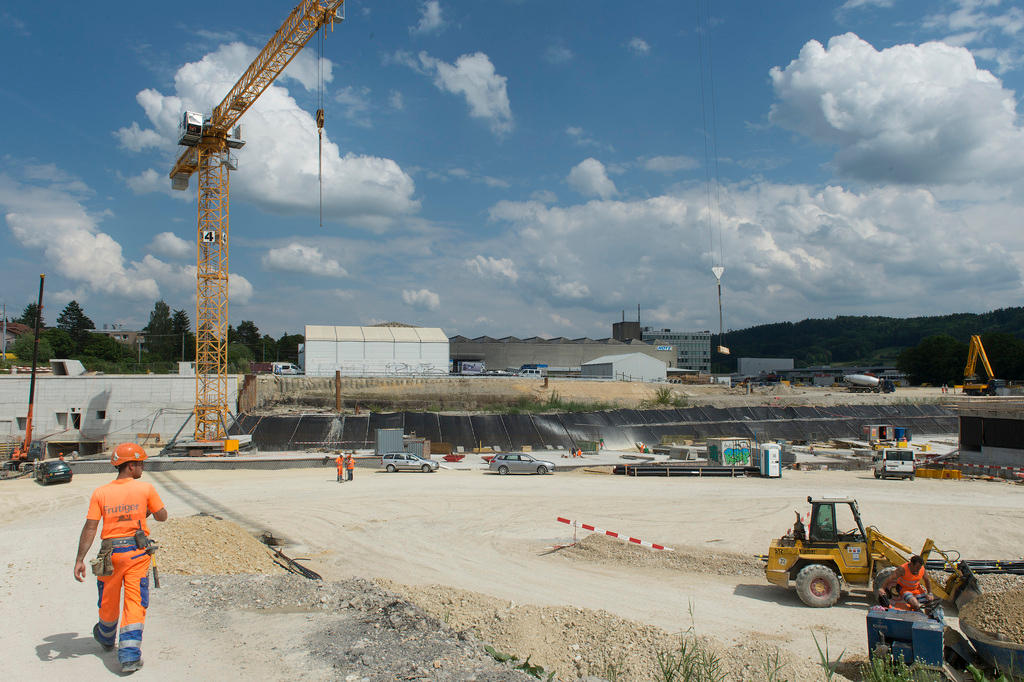
More
One thousand Swiss buildings could be contaminated with radium
Costly clean-up
The environment office admits the challenges are huge. Cleaning up hazardous landfill sites can be dangerous, as you have no idea exactly what is inside, or how pollutants will react.
Meeting the future goal of remediating all contaminated sites by 2040 will also be extremely costly – estimated at CHF5 billionExternal link – and impossible unless things speed up and more resources are available, it says.
“I think everyone generally agrees that we need to do something. But as soon as you start discussing money, things become much more complicated,” said Chèvre.
Under Swiss law, the “polluter pays” principle applies. The federal government pays towards the investigation, monitoring and remediation of polluted sites. It has also set up a “Contamination Fund” that taxes polluters to be able to quickly clean up dangerous sites.
But as those responsible for legacy pollution are often no longer present or insolvent, taxpayers must often bear the clean-up costs – around 40%. The draft law under consultation proposes increasing this to 60%. Asking the taxpayer to pay more for pollution by private companies is a tricky issue. But that said, CHF5 billion over 20 years is relatively small compared to the CHF220 billion annual expenditure of the Swiss public sector (federal government, cantons and communes).
“The main lesson of the Lausanne dioxin case is that we can rediscover pollution 30, 40, 50 even 60 years after it occurred,” said Chèvre. “It’s very important to be careful now with what we throw into the environment – into the air, water or soil – as it will most probably become a problem in the future.”
If they are not managed correctly, pollutants released today – pesticides, microplastics, micropollutants, fine particles, heavy metals like lead or hydrocarbons – may well come back to haunt us, warn experts.
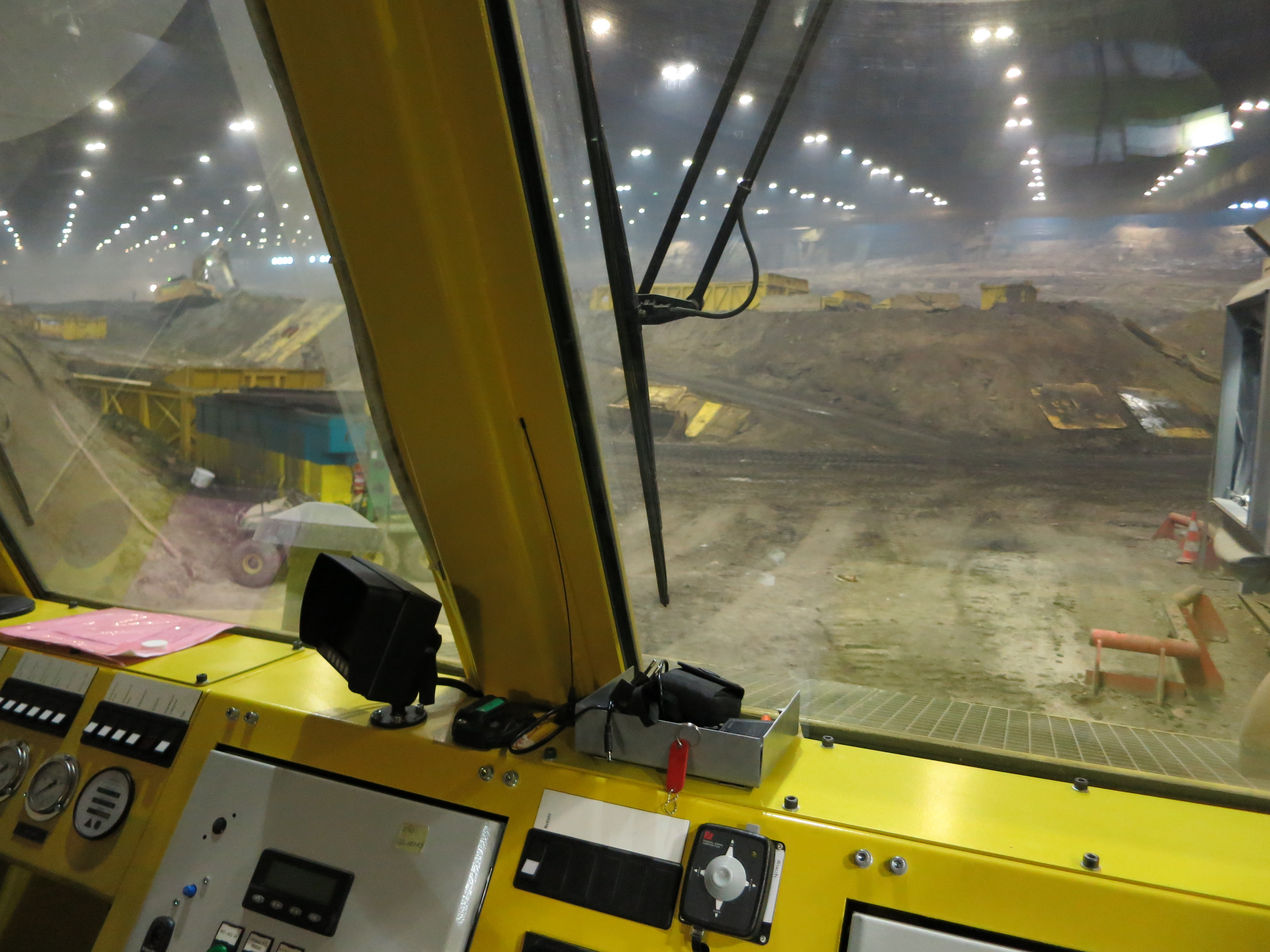
More
Communities cope with serious contamination

In compliance with the JTI standards
More: SWI swissinfo.ch certified by the Journalism Trust Initiative










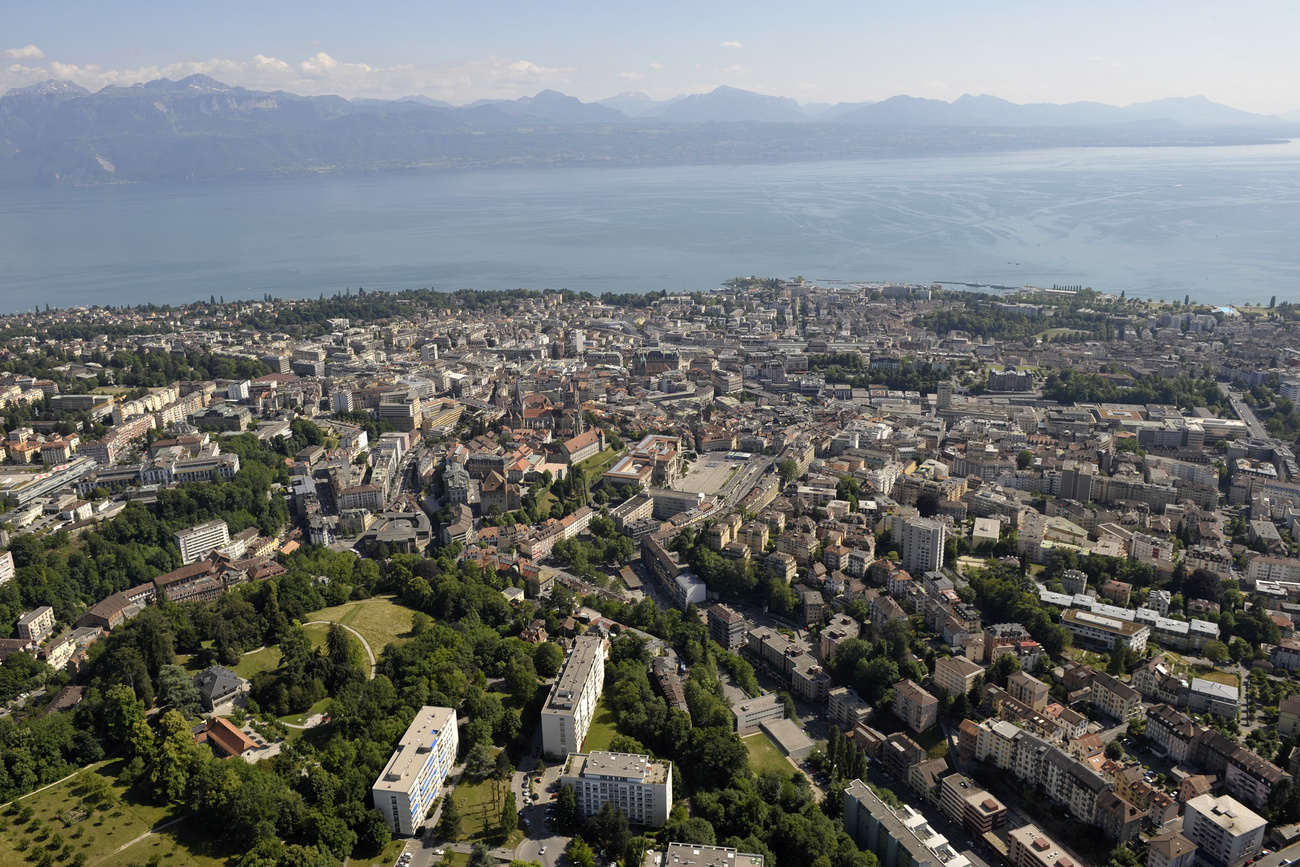
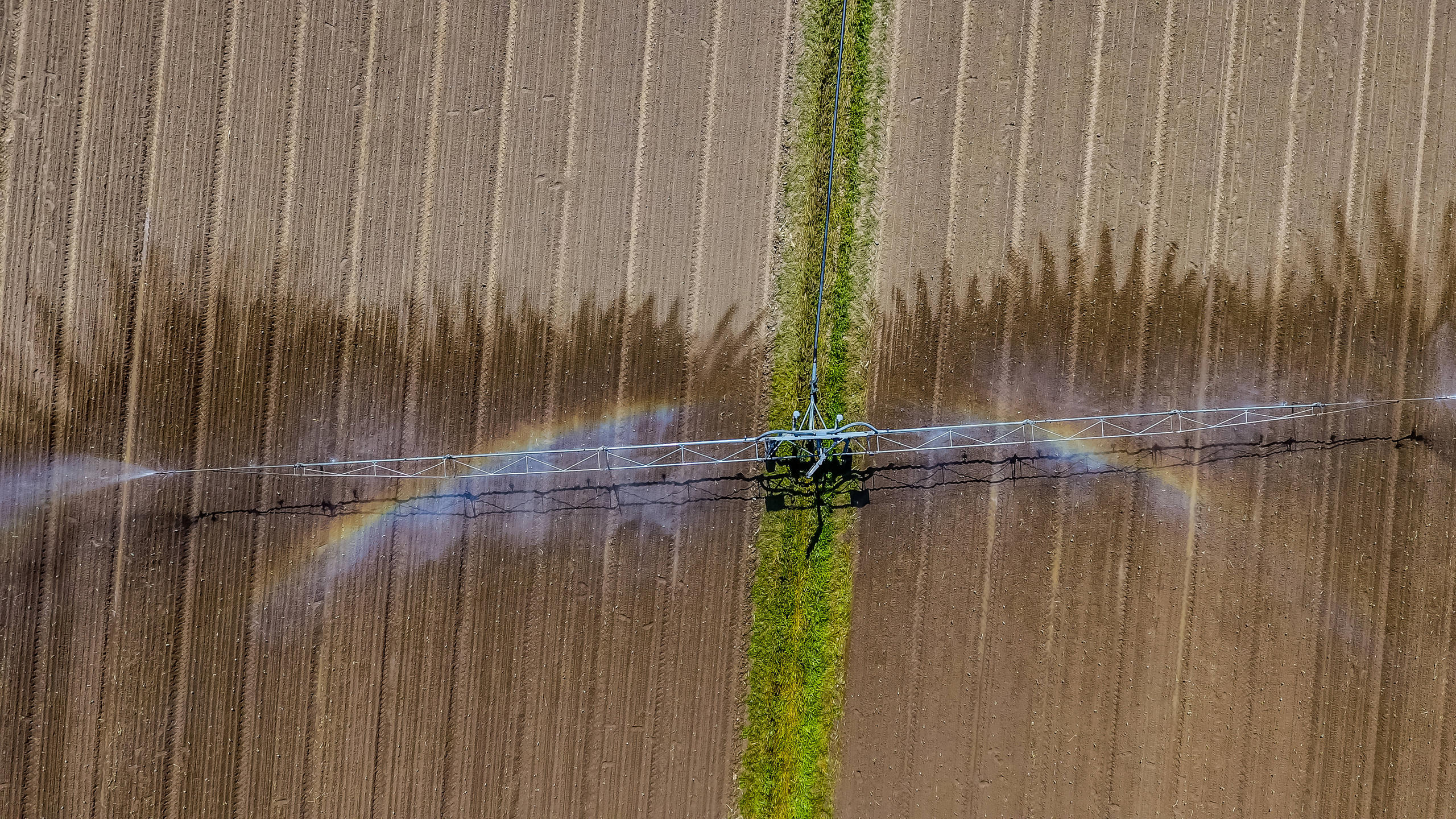
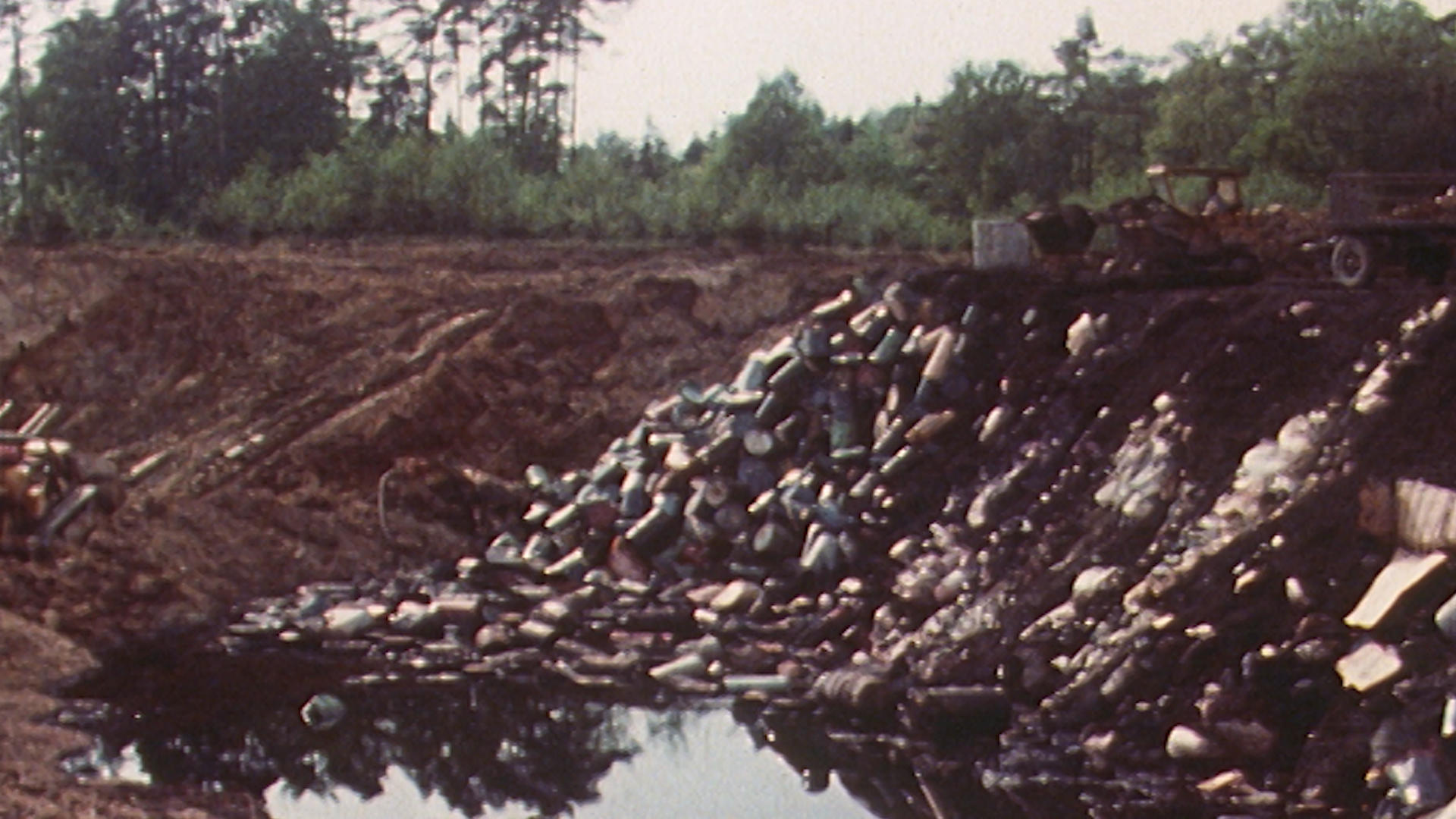
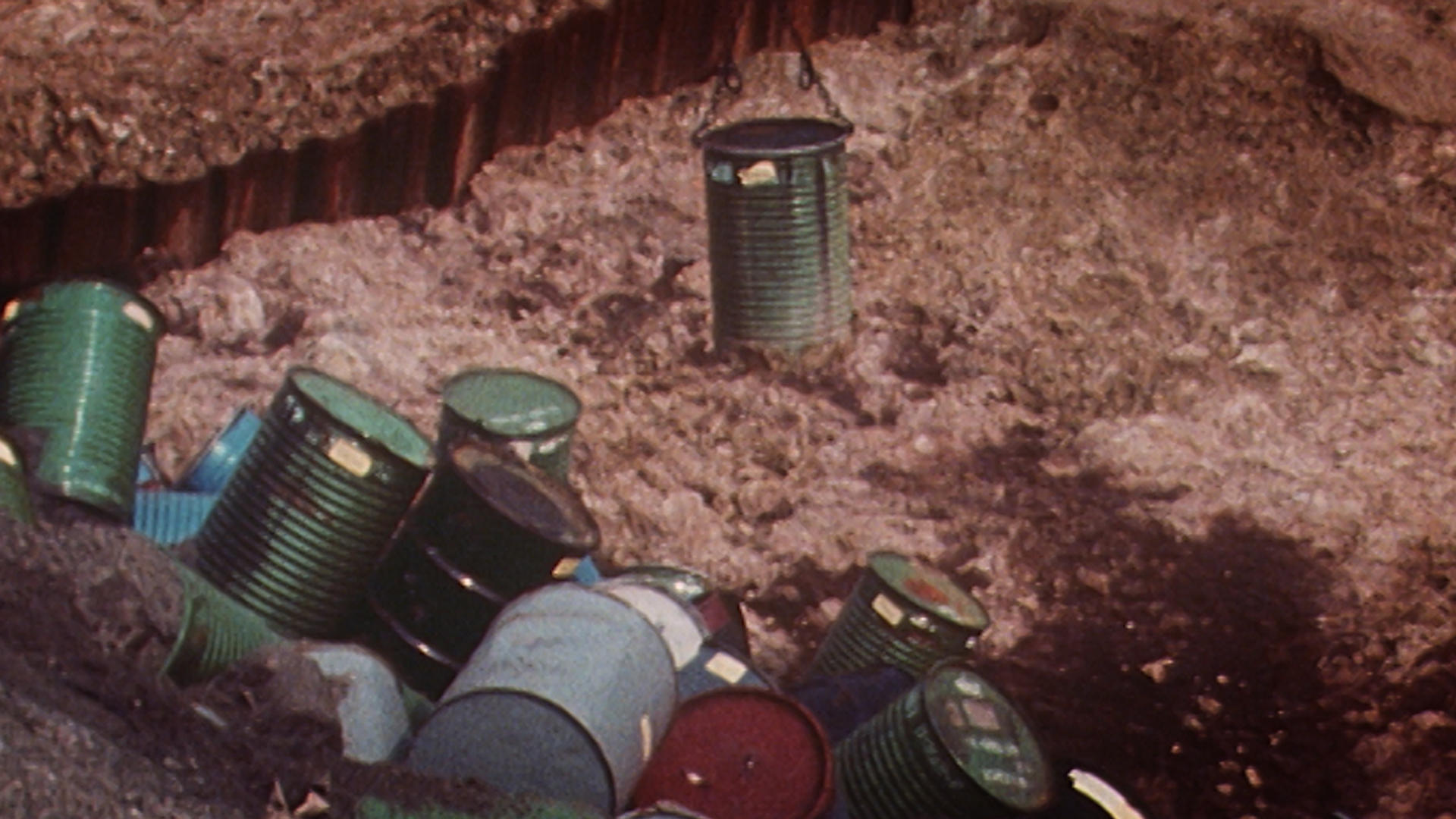


Join the conversation!